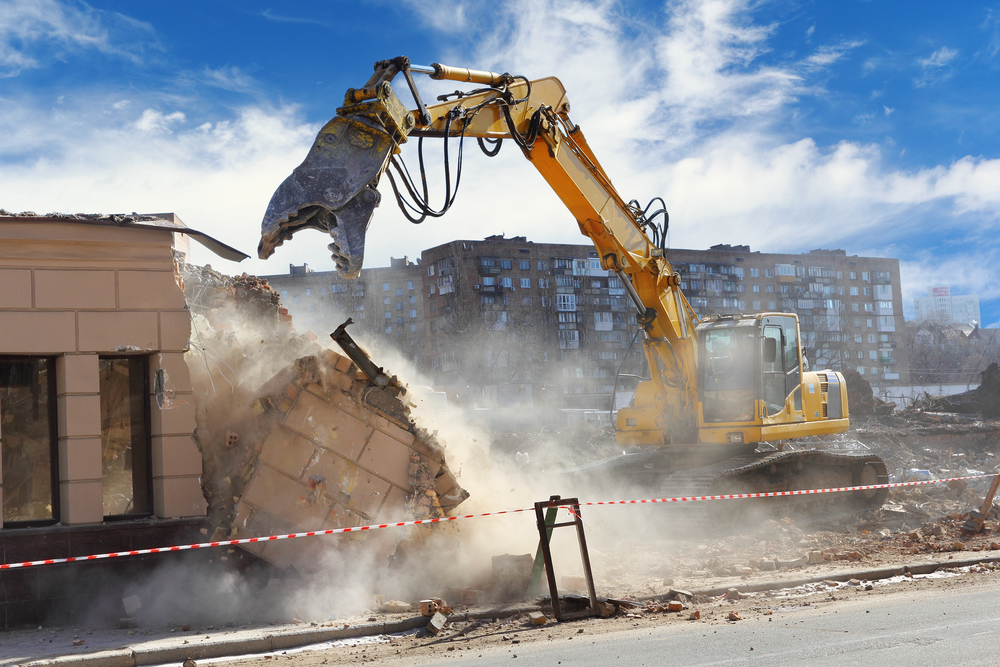
During construction, repair, or demolition, building collapse accidents can occur placing workers and individuals nearby in danger. For example, in December 1990, precast concrete beams at Airside Building at the Greater Pittsburgh International Airport in Pennsylvania, collapsed while the building was under construction. One construction worker died when the beams fell and another worker was seriously injured.
Although this incident occurred more than a decade ago, it is still a grim reminder of how construction or demolition sites can be dangerous with a building collapse causing the most catastrophic injuries and damage.
If you have been involved in a building collapse accident contact the workers’ compensation attorneys at Lundy Law for legal advice you can depend on.
Causes of Structural Failures and Building Collapse
Structural failure occurs when a building is no longer able to perform as it was designed. A building collapse is considered a physical structural failure and this can occur due to many different issues. In some cases, the design of the size, shape or material used is not strong enough to support the load of the building. The building may also be unstable due to design or material choice. When the building is unstable, failure occurs at stress points, often due to fatigue or corrosion.
There have also been reports of buildings collapsing due to manufacturing errors, poor workmanship, incorrect measurements or improper heat treatments. Natural disasters, fire and other external forces may also lead to the collapse of a building.
Hazards Following a Building Collapse
When a building collapses, even if only a portion of the building fails, there are many hazards that may exist. Water systems can break, flooding lower levels of the building. Live electrical wiring may be exposed providing a risk of electrocution. People in and around the building could be exposed to airborne pathogens such as asbestos or silica as well as other hazardous materials such as ammonia, battery acid for leaking fuel. Inside the building, people could suffer from insufficient oxygen, entrapment in confined spaces, being struck by large objects, fire or sharp objects like glass. Other hazards that exist after a building collapses include:
• Natural gas leaks
• Slip, trip or fall hazards
• Proximity to heavy machinery
• Secondary collapse if the initial collapse was due to earthquake or explosion
• Chemical, biological or radiological contamination
• Adverse weather conditions
• Extreme noise
Who May Be Entitled to Compensation?
Anyone who is injured by the collapse of a building may be eligible for compensation. Residents or visitors of the building as well as people who were passing by on the street could be injured, possibly severely, when the building failed. Rescue workers who arrive to provide aid to those injured or trapped in a building collapse also risk injury and they may seek compensation as well. Any construction workers who may have been employed on the site may file a claim for injuries. In addition, nearby residents who may suffer injury after inhaling smoke, dust or other airborne toxins may also be eligible to file a claim.
Contact Us for a Free Initial Consultation
If you or a loved one has been injured in a building collapse, or if a loved one has died from injuries sustained as the result of a building collapse, contact Lundy Law to learn what rights you may have. You can complete the simple form on our website or give us a call at 1-800-Lundy Law. We will guide you through the entire process and help you get the compensation you deserve.











